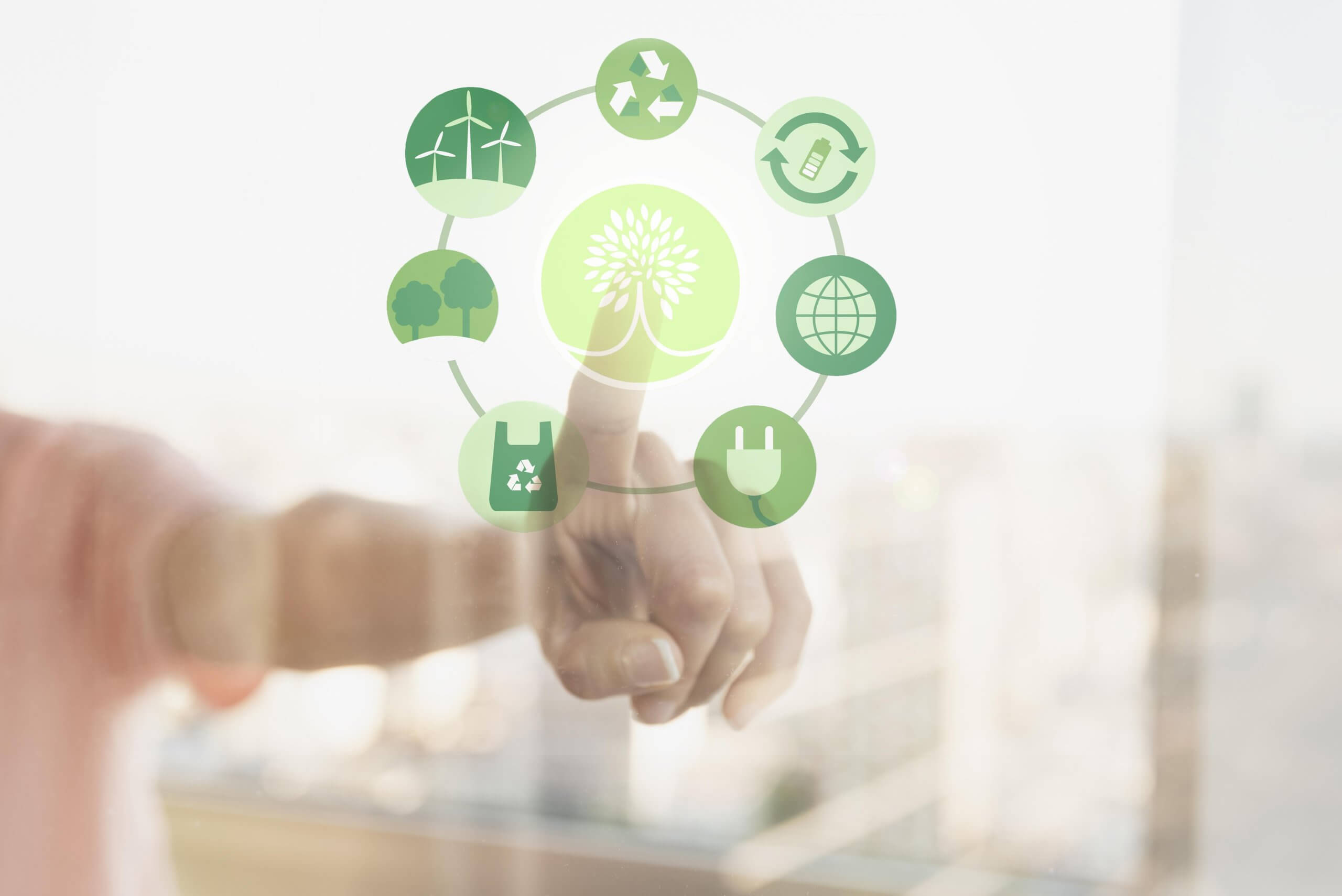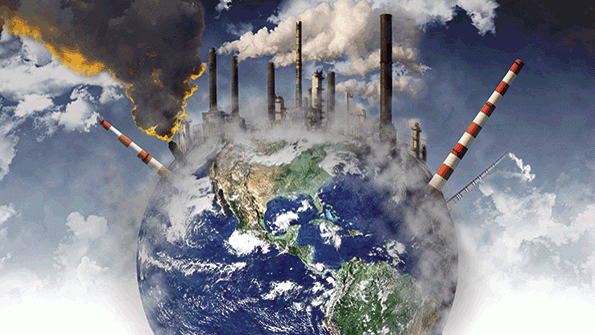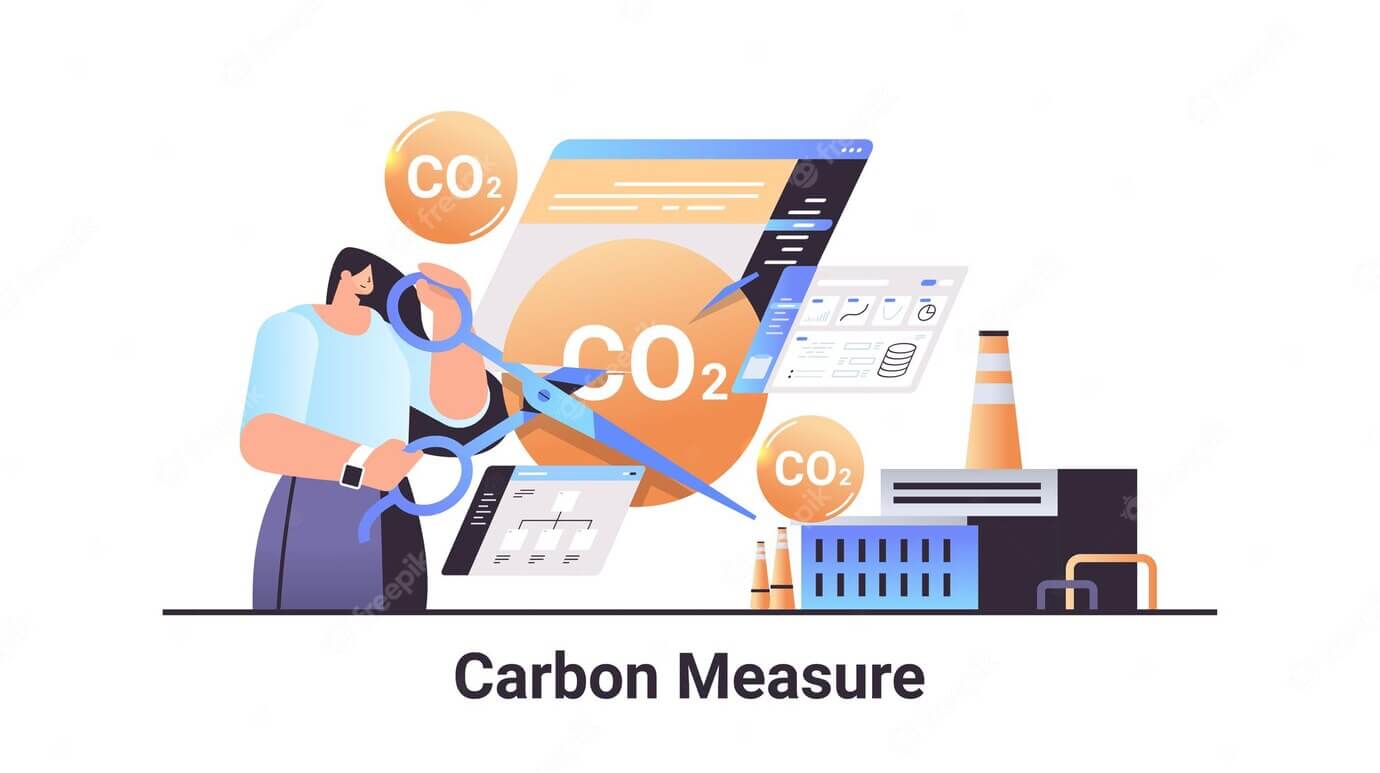作者:Ailsa Burns
翻譯:威煦軟體
環安衛人員身為永續發展與企業社會責任的專家,計算溫室氣體排放量將會是製作公司環境報告的第一步。這是一個難以下筆的報告,但其所帶來的益處與製作的義務性則是顯而易見。
溫室氣體排放的測量(GHGs)十分困難、耗時且可能非常昂貴。一開始就須設定好明確的測量策略。測量階段是一種定量的行為,然而如何繪製界限和測量範圍等種種問題卻需要主觀判斷。
此外,確保資料準確性可能比以前認為的更加困難。例如當一個建築物與另一家公司共用,就很難量化其能源的使用。收集資料的過程會隨著不斷發展的報告協議而變得更加複雜。這種監管方面的不確定性意味著企業需要經常不斷地了解最新發展。
As an EHS, sustainability or corporate social responsibility professional, measuring greenhouse gas emissions will be the starting point along the reporting journey for your company. It can be a difficult journey to manage, but the benefits and the obligations are well-established.
Measuring greenhouse gas emissions (GHGs) is difficult, time-consuming and potentially very expensive. A clear strategy for measuring GHGs needs to be set from the beginning. Measurement is a quantitative exercise; however, some of the questions surrounding where to draw boundaries and the scope of measurement can be a judgment call.
Furthermore, it can be harder than previously thought to ensure that data is exact. For example, it can be hard to quantify energy use when a building is shared with another company. The process of collecting data can be complicated further by the constant development of reporting protocols. This regulatory uncertainty means that companies constantly need to keep abreast of the latest developments.
例如最近英國環境食品暨鄉村事務部(DEFRA)更新了一份使用轉換要素來計算溫室氣體排放的指南。如果您利用DEFRA的指南來計算溫室氣體排放量,那麼這些最近的變化就可能影響您的公司。
溫室氣體排放量的計算過程包括記錄能量利用的即時數據,並應用相關的轉換要素。轉換要素讓公司得以計算各項營業活動造成的溫室氣體的排放量。要確保正確應用並使用適當的轉換要素可謂一大挑戰。
For example, there was a the recent update to the Department of Environment, Food and Rural Affairs (DEFRA) guidelines on using conversion factors to calculate greenhouse gas emissions. If you utilize the DEFRA guidelines on calculating greenhouse gas emissions, then the recent changes could affect your company.
When greenhouse gas emissions are calculated, the process involves recording the amount of energy utilized using live data and then applying the relevant conversion factors. Conversion factors allow organizations to calculate the GHG emissions from a range of activities. Ensuring that the appropriate factors are in place and correctly applied can be a challenge.
Making Sense of Calculation Guidelines
溫室氣體排放量計算指南的基準
目前有許多排放量的計算準則,包括DEFRA的計算指南和溫室氣體的協議草案。DEFRA發佈了一套2014年的新指南,而使用這些轉換要素的公司將可能在個人排放與總體第1, 2 , 3級排放兩個項目中遇到重大轉變。
這些使用DEFRA指南的公司,主要面臨了兩大項轉換要素改變。這些變化影響了電力和礦物燃料方面溫室氣體排放的計算。該指南明確地將電力和礦物燃料的消耗分為兩個部分:生產的排放以及傳輸和分配的排放。
電力和礦物燃料在線路中移動時需要耗費能量。根據新的限制定義,任何傳送到家戶的能源消耗被視為第三方的排放,並歸屬於第3級範圍。回顧英國過去20年中的電力排放量,約百分之5到10的電力消耗來自電力在線路中的傳輸和分配。這個新的計算方法對於整體溫室氣體排放量的報告並沒有影響,但這意味著第2級範圍的排放量會減少百分之5到10。
There are a number of guidelines for calculating emissions, including DEFRA guidelines and the GHG Protocol. DEFRA has released a new set of guidelines for 2014 and the potential exists for companies using these conversion factors to experience significant shifts in both individual emission factors and overall Scope 1, 2 and 3 emissions.
There are two major changes that will affect companies using the DEFRA guidelines on conversion factors. These changes affect calculating greenhouse gas emissions from electricity and fossil fuels. The guidelines have split electricity and fossil fuel consumption into two clear sections: emissions created through generation and emissions created through transmission and distribution.
There is an energy cost in moving electricity and fossil fuels around the network, and according to the new boundaries, any energy spent delivering to your door can be considered a third-party emission and so would fall in Scope 3. Looking specifically at electricity emissions over the last 20 years in the UK, around 5 to 10 percent of electricity emissions have come from the transmission and distribution of electricity around the network. Taking this new approach should have no impact on the overall GHG emissions reports, but it will mean a 5 to 10 percent drop under Scope 2.
此次DEFRA指南的改變,是為了提供各公司製作更精確的企業報告的能力,不僅考慮第1和第2級範圍,也要考慮第3級範圍的排放;同時希望這些新指南能幫助企業分辨直接活動所產生的排放和其上游企業排放之間的不同處,進而使其客戶更瞭解他們實際的總排放量。
對於已經有效安裝環安衛軟體的公司,適應DEFRA的新指南應該非常容易。只要在系統內正確設置適當的指標,這些新的排放指標將可省下非常多工作量。
若要製作更精細劃分的報告,則需要針對每種能源都實施雙溫室氣體指標;第一個指標用於計算第1或第2級範圍,第二個指標用於計算第3級範圍。雖然這些變化無疑需要重新劃定現有的二氧化碳基準,但這些努力將帶來更加準確的溫室氣體排放量與製作報告的能力,並提供公司整體排放總量的精細報告。
The change in the methodology by DEFRA is designed to provide companies with a greater capability to produce more accurate corporate reports that consider not only Scope 1 and 2, but also Scope 3 emissions. It is hoped that these new guidelines will help companies to identify the difference between direct-activity emissions and upstream emissions as well as provide their customers with a better understanding of their overall emissions.
For companies that have an existing and effectively deployed EHS software, adapting to new DEFRA guidelines should be a reasonably pain-free experience. If the appropriate indicators correctly are set up within the system, the use of these new emission factors should not require significant effort.
A switch to a more-segmented reporting could require the implementation of dual GHG indicators for each energy source; the first indicator calculating for Scope 1 or 2 and the second for Scope 3. While these changes undoubtedly will require a re-drawing of existing CO2 baselines, the increased GHG accuracy and reporting capabilities are worth the required effort and will provide companies that adopt this new methodology with a more-accurate overall emissions total.
相關連結:
<英國環境食品暨鄉村事務部 (DEFRA)>
<使用轉換要素計算溫室氣體排放指南>
延伸閱讀




